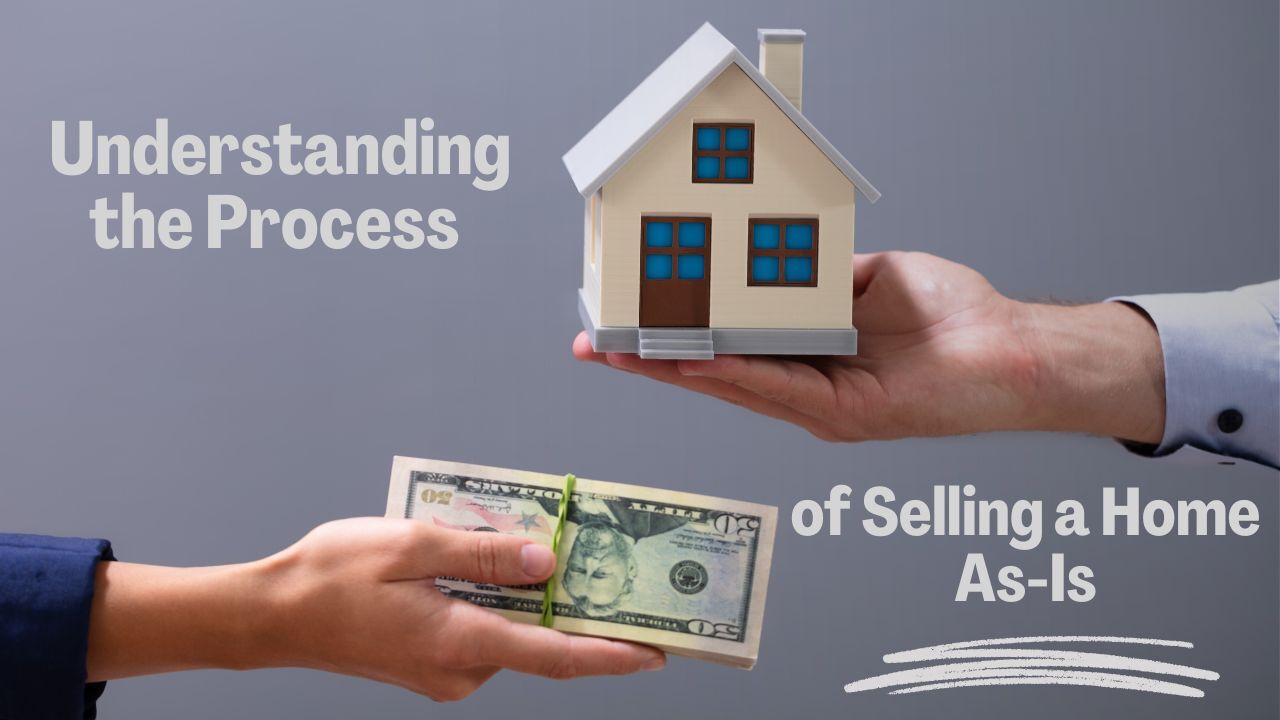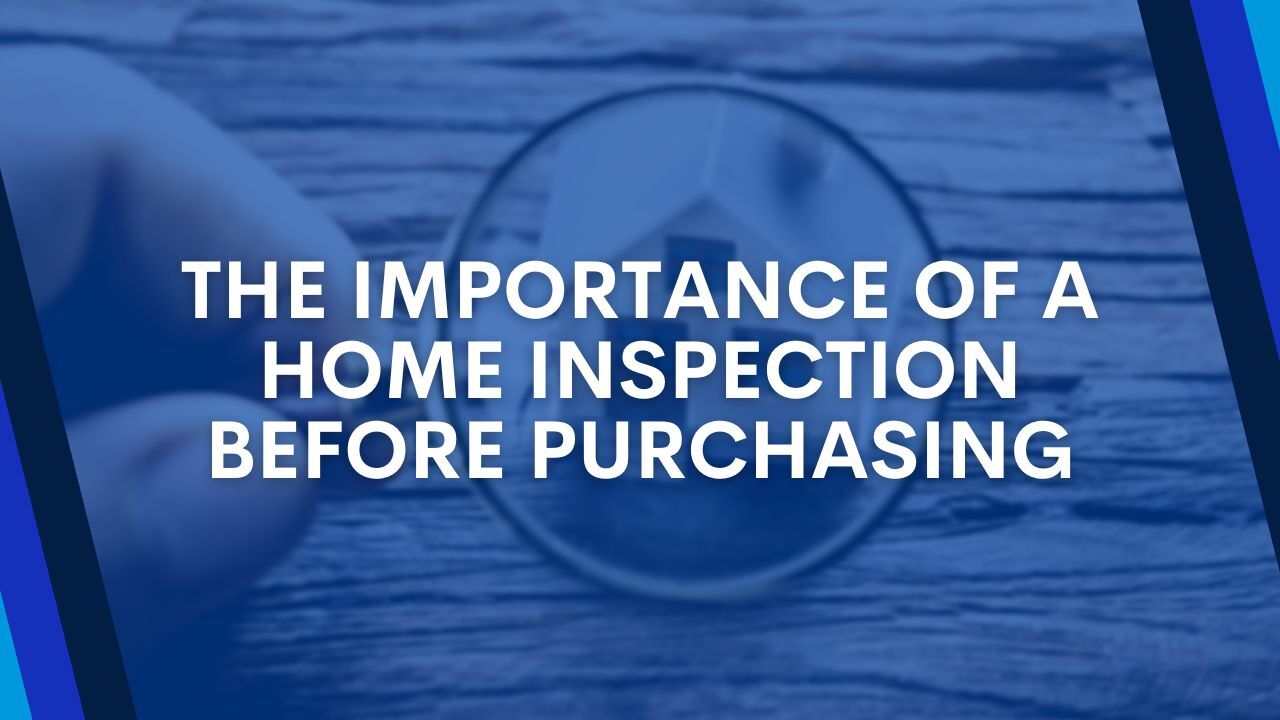
The major report to look out for was the Trade Balance, which has decreased more than expected, suggesting that the current administration’s policies are having an impact. However, the long-term impact on the economy as a whole remain to be seen. This was followed closely by consumer credit, which came in far lower than expected, though many are predicting that consumer credit usage will grow over time. While the labor market remains constrained, the consumer market has remained stable in spite of the uncertainty brought on by the tariff policies.
Trade Balance
The U.S. Census Bureau and the U.S. Bureau of Economic Analysis announced today that the goods and services deficit was $60.2 billion in June, down $11.5 billion from $71.7 billion in May, revised.
Consumer Credit
Revolving credit, mainly credit cards, declined for the second straight month in June, the Federal Reserve said. Revolving credit fell at a 1% rate in June after a 3.5% drop in the prior month. Declines in credit-card borrowing are rare: The last time revolving credit fell for two straight months was during the COVID pandemic in 2020.
Primary Mortgage Market Survey Index
- 15-Yr FRM rates saw a decrease of -0.10% with the current rate at 5.75%
- 30-Yr FRM rates saw a decrease of -0.09% with the current rate at 6.63%
MND Rate Index
- 30-Yr FHA rates saw a decrease of -0.07% this week. Current rates at 6.15%
- 30-Yr VA rates saw a decrease of -0.08% this week. Current rates at 6.16%
Jobless Claims
Initial Claims were reported to be 226,000 compared to the expected claims of 221,000. The prior week landed at 219,000.
What’s Ahead
A heavy week with the next round of inflation data being released with both the CPI and PPI reports. It should be noted that this CPI will feature less recorded data, relying more on estimations. In addition, Retail Sales, Consumer Sentiment, and Treasury Budget should prove to be impactful data releases.
 For many renters, the idea of homeownership feels just out of reach. Rising home prices, limited inventory, and financial uncertainty can make the process seem overwhelming. But with a clear plan, the right guidance, and a one-year commitment, you can move from renter to homeowner, and take control of your financial future.
For many renters, the idea of homeownership feels just out of reach. Rising home prices, limited inventory, and financial uncertainty can make the process seem overwhelming. But with a clear plan, the right guidance, and a one-year commitment, you can move from renter to homeowner, and take control of your financial future. Eco-friendly living is more than just a trend, it is becoming a priority for today’s homebuyers. While solar panels often get the spotlight, there are many other green features that not only reduce your environmental footprint but also boost your home’s resale value. If you are thinking of making upgrades before selling, or you are a buyer looking for long-term savings, these sustainable features deserve a closer look.
Eco-friendly living is more than just a trend, it is becoming a priority for today’s homebuyers. While solar panels often get the spotlight, there are many other green features that not only reduce your environmental footprint but also boost your home’s resale value. If you are thinking of making upgrades before selling, or you are a buyer looking for long-term savings, these sustainable features deserve a closer look. Selling a home as-is can be a practical option for homeowners who want to avoid making repairs before listing. However, understanding what it means to sell as-is, and how it affects the process, is essential for a smooth transaction. This approach can attract certain buyers, but it also requires clear communication and realistic expectations.
Selling a home as-is can be a practical option for homeowners who want to avoid making repairs before listing. However, understanding what it means to sell as-is, and how it affects the process, is essential for a smooth transaction. This approach can attract certain buyers, but it also requires clear communication and realistic expectations. Buying a home is one of the biggest financial commitments most people make in their lifetime. While the process can be exciting, it is also full of important steps that protect your investment. One of the most critical yet sometimes overlooked steps is the home inspection.
Buying a home is one of the biggest financial commitments most people make in their lifetime. While the process can be exciting, it is also full of important steps that protect your investment. One of the most critical yet sometimes overlooked steps is the home inspection.